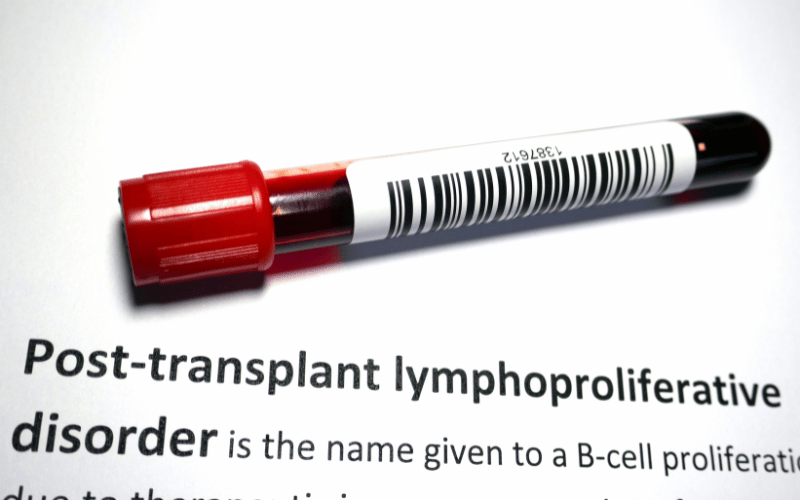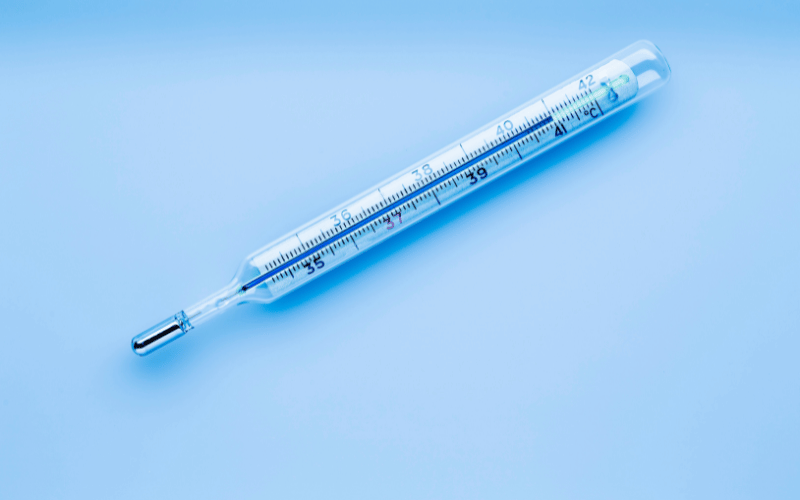Introduction: Understanding PTLD in the Post-Transplant Landscape

Organ transplants are nothing short of medical marvels. They give people a second chance, a fresh lease on life. As a recipient or someone closely associated with a recipient, it’s only natural to be enveloped in a sense of gratitude, hope, and even a bit of apprehension. The days and weeks post-operation are filled with cautious optimism, with recipients and their loved ones paying close attention to the body’s every sign and response.
However, amidst this newfound hope, there lies a potential shadow: Post-Transplant Lymphoproliferative Disorder (PTLD). A mouthful of a name, this disorder is as complex as it sounds. It is one of those post-transplant complications that can be both unpredictable and challenging to detect in its early stages. And that’s precisely where the danger lies. Given that early detection often plays a pivotal role in managing and treating PTLD, awareness becomes crucial.
But what exactly is PTLD? At its core, PTLD is a complication that arises due to the very drugs that make organ transplants possible. Immunosuppressive drugs, while essential to prevent the body from rejecting a new organ, also have the unintended side effect of making the body more susceptible to certain viruses and complications. One of these complications is the uncontrolled growth of cells in the lymphatic system, leading to PTLD.
Now, before anxiety sets in, it’s vital to remember that knowledge is power. Being equipped with the right information and understanding the symptoms can make a world of difference in both detecting and managing PTLD.
Symptom 1: Fever and Night Sweats

Post-transplant lymphoproliferative disorder (PTLD) manifests in several ways, with fever and night sweats being among the most telling signs. We’re not talking about the occasional chill or a brief temperature spike after a tiring day. It’s about persistent bouts of fever that seem unexplainable by the usual culprits such as the common cold or a viral infection.
The term might sound benign, but when it comes to PTLD, night sweats mean business. Imagine waking up, night after night, to soaked sheets, even when your room is adequately ventilated and cool. This isn’t about a heavy blanket or a particularly vivid dream. It’s a kind of sweating that feels excessive, and out of sync with your environment.
A significant part of understanding PTLD symptoms is understanding the lymphatic system. Essentially, our body’s lymphatic system is a complex network responsible for filtering out foreign entities and maintaining fluid balance. When this system detects something awry, such as an abnormal growth of cells, it might trigger reactions like fever or excessive sweating. These are the body’s alarm bells, indicating that something’s not right.
After undergoing a transplant, the recipient’s immune system undergoes significant changes. They are put on immunosuppressant drugs to prevent organ rejection, which can sometimes leave them more vulnerable to infections or complications like PTLD. As such, seemingly common symptoms can have deeper implications. If fever and night sweats are persistent, especially post-transplant, it’s vital to consult with a healthcare provider. (1)